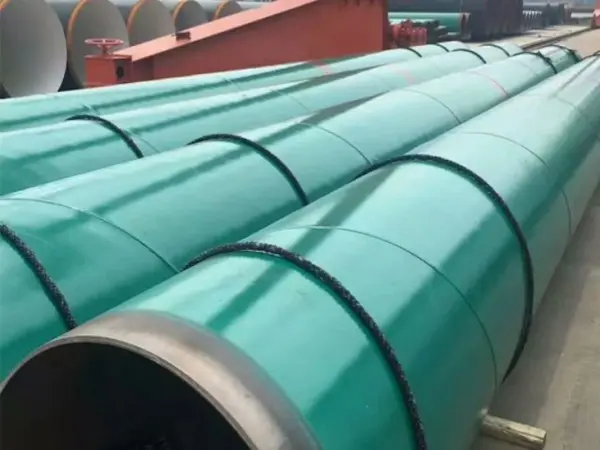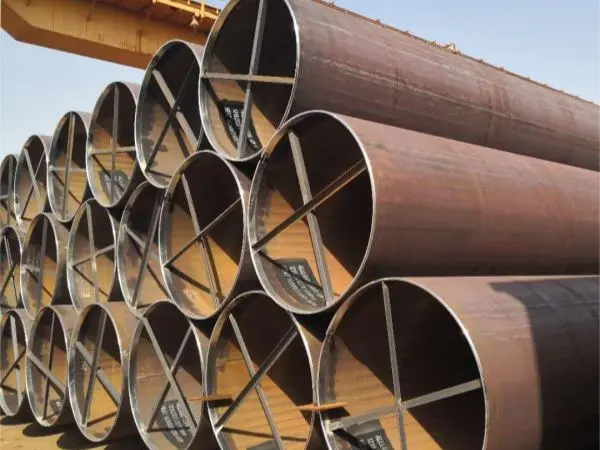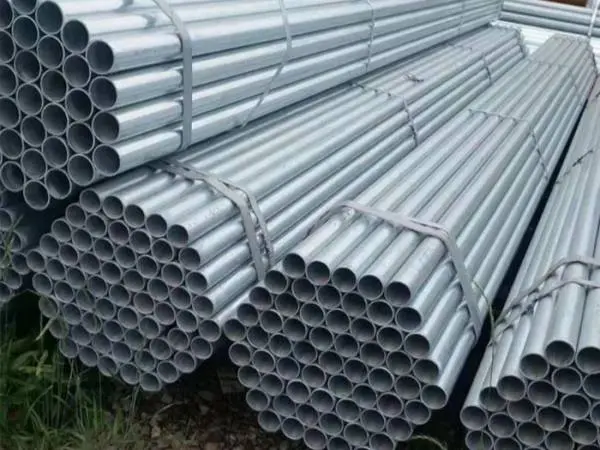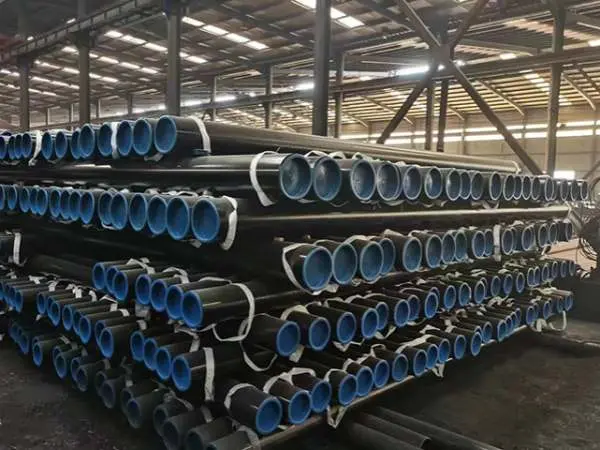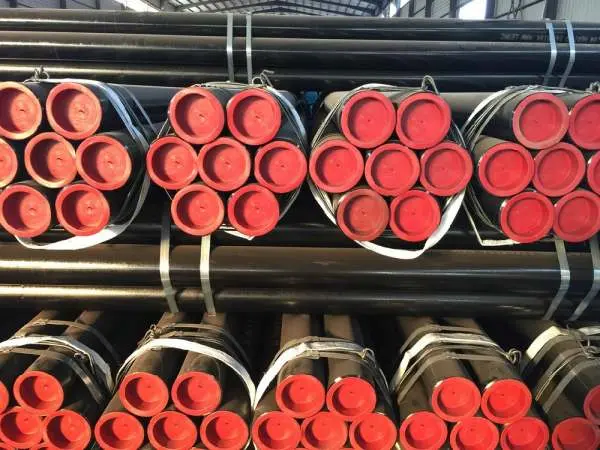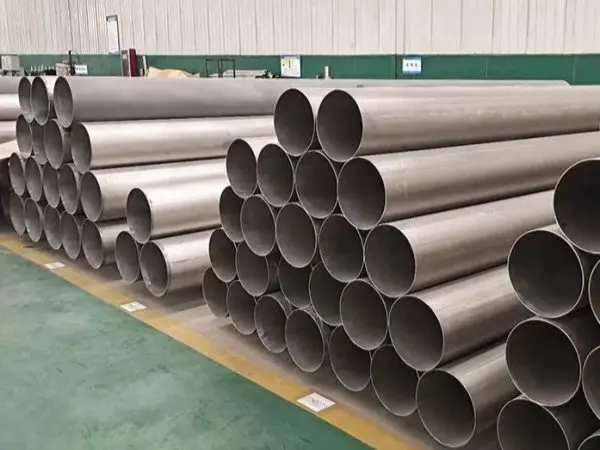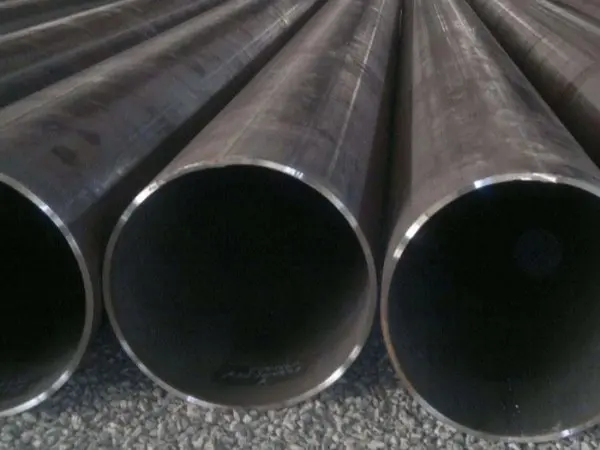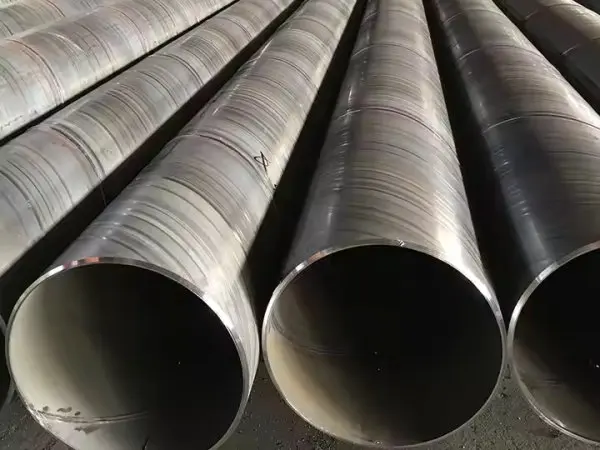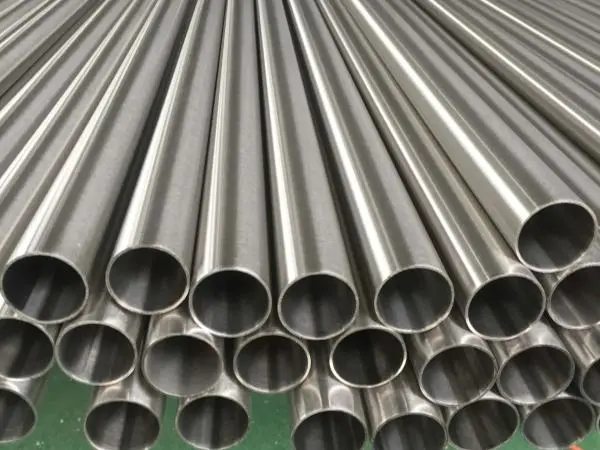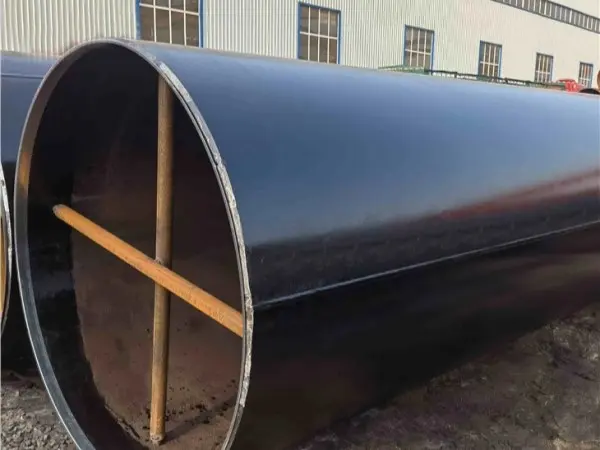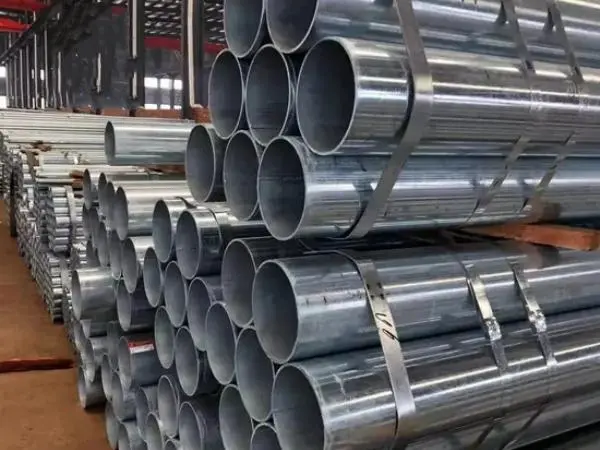-
2025-07-01Product News
X65 fused epoxy powder anti-corrosion SSAW steel pipe
X65 fused epoxy powder-coated SSAW steel pipe represents a new generation of anti-corrosion pipeline technology, playing a vital role in industrial and infrastructure development. As global standards for corrosion resistance continue to rise, this material has gained increasing recognition across various industries. In this article, we explore the structural features, performance advantages, application fields, and market potential of X65 epoxy-coated SSAW pipes.
-
2025-06-30Product News
Details of X65M straight seam welded steel pipe
X65M straight seam welded steel pipe is a high-strength pipeline steel widely utilized in long-distance oil and natural gas transmission projects. Renowned for its excellent mechanical performance, weldability, and corrosion resistance, X65M steel pipe is becoming a critical material in both domestic and international pipeline construction markets. With the increasing global demand for energy infrastructure, its application prospects continue to expand.
-
2025-06-25Product News
API 5L GRB galvanized seamless steel pipes
API 5L GRB galvanized seamless steel pipe plays a crucial role in the transportation of fluids such as oil and natural gas. With its internal and external hot-dip galvanizing process, high zinc coating, and smooth, scratch-free surface, this pipe ensures both system safety and transport efficiency. Manufactured in strict accordance with API 5L standards, it offers superior corrosion resistance and fluid flow performance, making it an ideal choice for modern pipeline infrastructure.
-
2025-06-24Product News
Details of ASTM A106 Gr.B seamless steel pipes
ASTM A106 Gr.B seamless steel pipe is a high-temperature carbon steel pipe that adheres to the standards of the American Society for Testing and Materials (ASTM). Known for its exceptional mechanical properties and thermal stability, it plays a vital role in various industries, particularly in petrochemical, power generation, boiler manufacturing, and oil and gas transportation. Here is an overview of ASTM A106 Gr.B seamless steel pipes.
-
2025-06-23Product News
Details of X46Q seamless steel pipe
X46Q seamless steel pipe is a high-strength, high-toughness steel product widely used in industries such as petroleum, natural gas, chemicals, and electric power. Its superior performance and reliability make it an essential material supporting the development of modern industrial infrastructure.
-
2025-06-20Product News
Introduction to 304 stainless steel welded pipe
304 stainless steel welded pipe, commonly referred to as 304 welded pipe, is manufactured using premium-grade 304 stainless steel—a versatile and widely used stainless steel alloy known for its superior corrosion resistance compared to 200 series materials. With its high chromium and nickel content, 304 stainless steel forms a dense and stable oxide film on its surface, providing enhanced resistance to rust and corrosion. Here's an overview of 304 stainless steel welded pipe.
-
2025-06-17Product News
Carbon steel welded pipe cost and price
The cost of carbon steel welded pipe is affected by various factors, including raw material prices, manufacturing processes, market demand, and policy environment. This article will briefly introduce carbon steel welded pipe cost and price and their influencing factors.
-
2025-06-16Product News
Stainless steel welded pipe vs carbon steel welded pipe
Stainless steel welded pipes are produced by curling and welding stainless steel plates or strips using specialized machinery and dies. A key component in stainless steel is chromium—typically more than 10.5%. For instance, 304 stainless steel contains about 18–20% chromium and 8–10.5% nickel, along with other alloying elements that enhance performance. Carbon steel welded pipes, in contrast, are made primarily of iron and carbon, with carbon content generally below 2.11%. They may also contain trace elements like silicon, manganese, sulfur, and phosphorus.
-
2025-06-11Product News
Precautions for hoisting and installing spiral steel pipes
When handling spiral steel pipes, also known as SSAW pipes, proper hoisting and installation techniques are essential to ensure safety, protect the pipes from damage, and guarantee the quality of the final construction. Here are the key precautions for both hoisting and installation of spiral steel pipes, ensuring the pipes are safely and efficiently installed.
-
2025-06-10Product News
Backing welding methods of argon arc welding stainless steel pipes
The welding of stainless steel pipes typically involves three stages: root (backing) welding, fill welding, and cap welding. Among these, backing welding is the most critical step, as it directly influences both weld quality and construction progress. Currently, two primary backing welding approaches are used: argon-protected root welding and non-argon root welding. Each includes various sub-methods with distinct technical characteristics and field suitability. This article will briefly introduce backing welding methods of argon arc welding stainless steel pipes.
-
2025-06-09Product News
Details of DN25 plastic coated LSAW steel pipe
The DN25 plastic-coated LSAW (Longitudinal Submerged Arc Welded) steel pipe combines the structural strength of welded steel with the enhanced protection of a plastic coating. This article will briefly introduce DN25 plastic coated LSAW steel pipe.
-
2025-06-05Product News
Advantages and disadvantages of galvanized ERW pipe
Galvanized ERW (Electric Resistance Welded) pipe is a high-frequency straight seam welded steel pipe that has been coated with a protective zinc layer through a galvanizing process. This zinc coating forms a dense barrier on the surface of the pipe, effectively isolating it from air and moisture. As a result, galvanized ERW pipes exhibit significantly enhanced corrosion resistance and a service life several times longer than that of standard ERW pipes. This article will briefly introduce advantages and disadvantages of galvanized ERW pipe.
